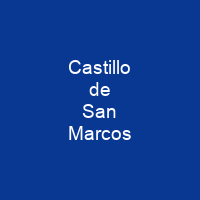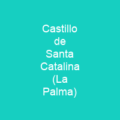The Castillo de San Marcos is the oldest masonry fort in the continental United States. Construction began in 1672, 107 years after the city’s founding by Spanish Admiral and conquistador Pedro Menéndez de Avilés. The need for fortifications was recognized after it was attacked by Sir Francis Drake and his fleet of 22 ships in 1586.
About Castillo de San Marcos in brief

The Fort has been attacked several times and twice besieged: first by English colonial forces led by Carolina Colony Governor James Moore in 1702, and then by English Georgia colonial Governor James Oglethorpe in 1740, but was never taken by force. However, possession of the fort has changed six times, all peaceful, among four different governments: Spain, 1695–1763 and 1783–1821, Kingdom of Great Britain, 1763–1783, and the U.S. of America, 1821–date. In 1819, Spain signed the Adams–Onís Treaty which ceded Florida to the US and renamed the fort Fort Marion, in honor of American Revolutionary War hero Francis Marion. The fort has lasted twenty-three years, with completion in 1695, with the construction of the core of the current fortress being completed in 1696. The need for fortifications was recognized after it was attacked by Sir Francis Drake and his fleet of 22 ships in 1586, and over the next 80 years, a succession of nine wooden forts were built in various locations along the coastline. After a 1668 attack by theEnglish pirate Robert Searle during which the town of St Augustine was burned to the ground, Spanish Queen Mariana, Queen Regent of Spain, approved theConstruction of a masonic fortification to protect the city.
You want to know more about Castillo de San Marcos?
This page is based on the article Castillo de San Marcos published in Wikipedia (as of Jan. 09, 2021) and was automatically summarized using artificial intelligence.







